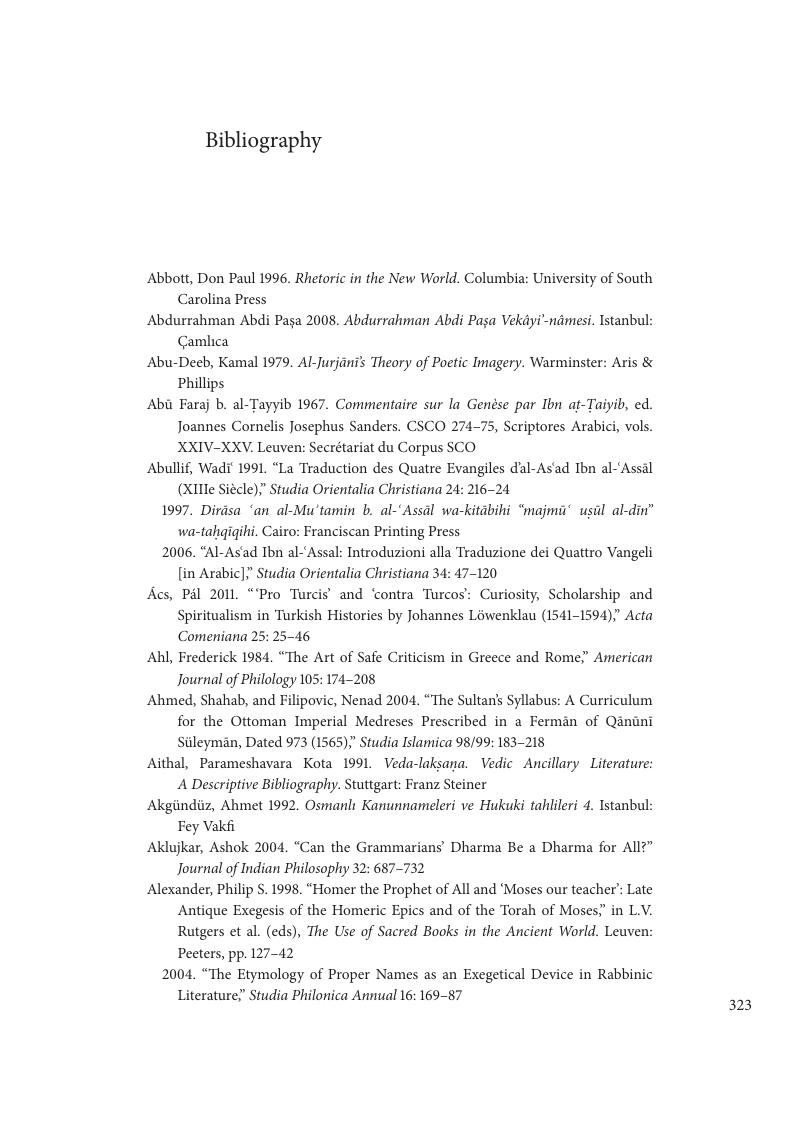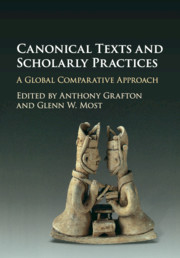Book contents
- Canonical Texts and Scholarly Practices
- Canonical Texts and Scholarly Practices
- Copyright page
- Contents
- Illustrations
- Contributors
- How to do things with texts: An introduction
- 1 Reliable books
- 2 Obscurity
- 3 Allegoresis and etymology
- 4 Classifying the Rigveda on the basis of ritual usage
- 5 Maryādām Ullaṅghya
- 6 Making sense of Suetonius in the twelfth century
- 7 From philology to philosophy
- 8 Gods on clay
- 9 An unknown medieval Coptic Hebraism?
- 10 Picturing as practice
- 11 Inimitable sources
- 12 Excerpts versus fragments
- 13 Johann Buxtorf makes a notebook
- 14 World bibliographies
- Bibliography
- Manuscripts index
- Names index
- Subject index
- References
Bibliography
Published online by Cambridge University Press: 05 September 2016
- Canonical Texts and Scholarly Practices
- Canonical Texts and Scholarly Practices
- Copyright page
- Contents
- Illustrations
- Contributors
- How to do things with texts: An introduction
- 1 Reliable books
- 2 Obscurity
- 3 Allegoresis and etymology
- 4 Classifying the Rigveda on the basis of ritual usage
- 5 Maryādām Ullaṅghya
- 6 Making sense of Suetonius in the twelfth century
- 7 From philology to philosophy
- 8 Gods on clay
- 9 An unknown medieval Coptic Hebraism?
- 10 Picturing as practice
- 11 Inimitable sources
- 12 Excerpts versus fragments
- 13 Johann Buxtorf makes a notebook
- 14 World bibliographies
- Bibliography
- Manuscripts index
- Names index
- Subject index
- References
Summary

- Type
- Chapter
- Information
- Canonical Texts and Scholarly PracticesA Global Comparative Approach, pp. 323 - 378Publisher: Cambridge University PressPrint publication year: 2016

